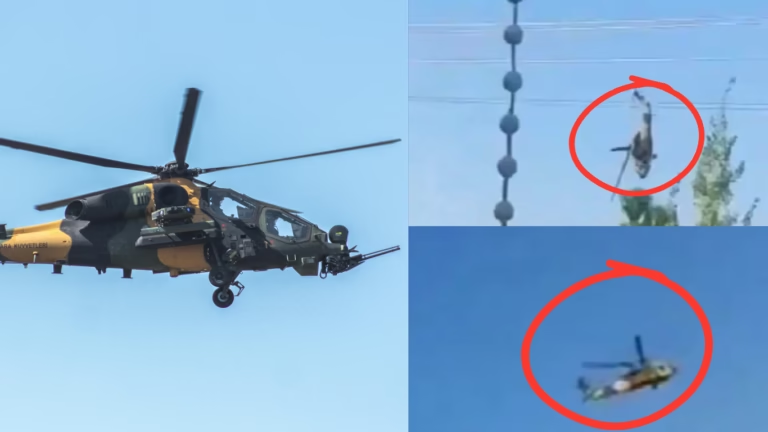

We’ve all been there, right? When we hear of an accident, we become curious. What happened? How did it play out? Today, we’ll look at the terrible story of a Black Hawk Helicopter Crash during a training exercise in Kabul, Afghanistan. However, the goal is not only to recount the events, but also to learn from them.
What Happened in Helicopter Crash?
A normal training exercise led by the Taliban ended tragically when an American Black Hawk aircraft lost control and crashed. The helicopter lost control in mid-flight due to a technical breakdown, causing a catastrophic scene. Its rotor blades detached, spreading debris on the ground.
According to official sources, the crash killed three people and injured five others.
This tragedy demonstrates the significance of strict safety protocols and maintenance in high-risk activities.
Why Do We Gravitate Toward Such Stories?
You might ask why humans are drawn to stories about devastation.
It is human instinct to seek answers for unforeseen happenings. It is not about praising catastrophe, but rather about comprehending it in order to avoid it from happening again.
Recent Posts
Lessons We Can Learn this Helicopter Crash
Accidents like this aren’t just news; they’re wake-up calls. Here are some takeaways:
- Regular Equipment Checks: A single technical fault can escalate into a catastrophe.
- Enhanced Training Protocols: Training should prioritize not just operation but also emergency management.
- Investing in Safety Technology: Using advanced diagnostics can catch potential issues early.
Key Lessons Learned
- Preparation Saves Lives: Adequate training and robust equipment checks are non-negotiable.
- Technology Isn’t Foolproof: Even the most advanced systems require diligent maintenance.
- The Cost of Complacency: Overlooking small errors can have massive consequences.
Preventative Measures
- Regular Maintenance Audits: Frequent and thorough inspections of equipment.
- Simulation-Based Training: Enhance pilot skills for handling emergencies.
- Strict Safety Compliance: Mandate adherence to global aviation safety standards.
- Invest in Monitoring Tools: Use predictive analytics for early fault detection.
By reflecting on such events and implementing lessons learned, we move closer to a safer future. Every accident reminds us of the responsibility we share to prevent the next one.
Watch The Full Video:
LOL🚨: Talibàn truck driver tries to Fly Blackhawk helicopter which Americans Left Behind.
— WarRoom Files (@Combat_Files) October 21, 2024
🤦🤦 pic.twitter.com/YNQz9hHA6j



